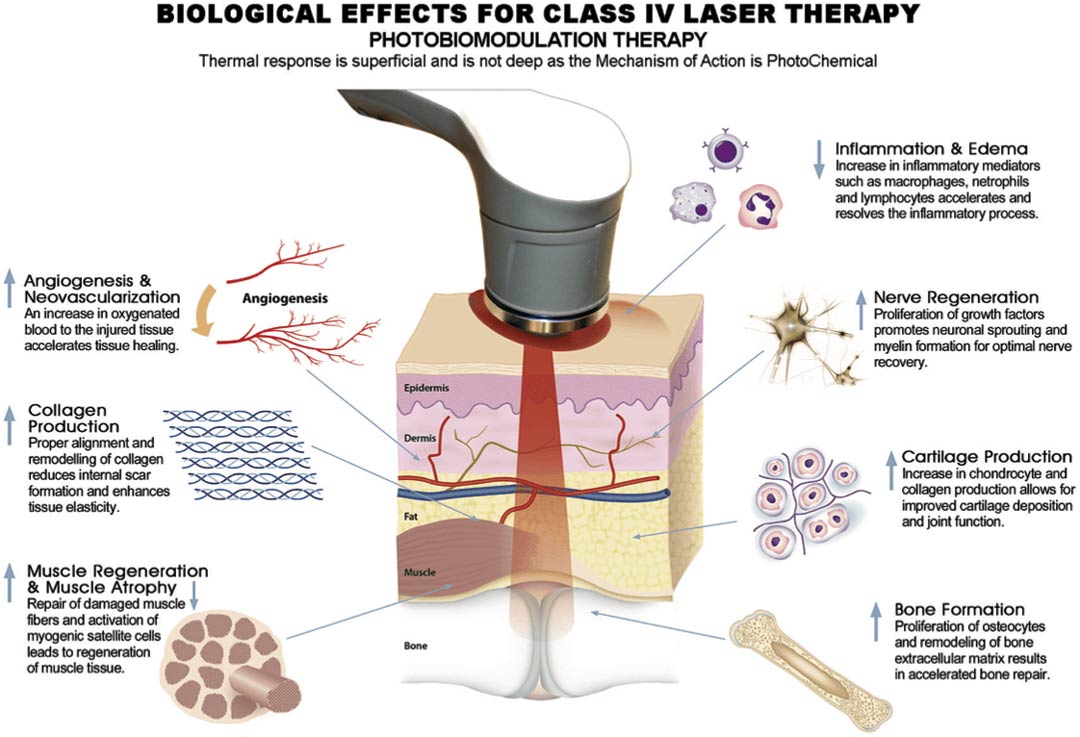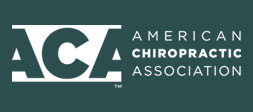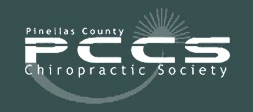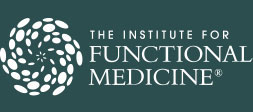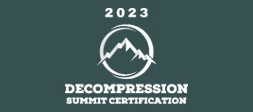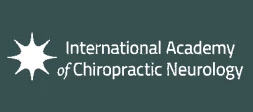MLS Robotic Laser Therapy
St. Petersburg MLS Robotic Laser Therapy For Pain
We utilize a FDA-cleared, Class IV laser technology which synchronizes dual wavelengths with continuous and pulsed emissions. This is the most advanced laser therapy system available on the market today.
Cold laser therapy has been proven to be an effective treatment for pain relief. It is a non-invasive and drug-free form of therapy that helps reduce pain, inflammation, and swelling. Cold laser therapy can also help improve mobility and range of motion in injured joints or muscles. The light energy from the cold laser penetrates into soft tissue and bone to stimulate the body’s natural healing processes.
In addition, cold laser therapy can help accelerate wound healing and reduce scar tissue formation. It has been used to treat a variety of conditions such as tendinopathies, carpal tunnel syndrome, muscle strains, ligament sprains, arthritis, and bursitis. Patients often report feeling relief after just one treatment.
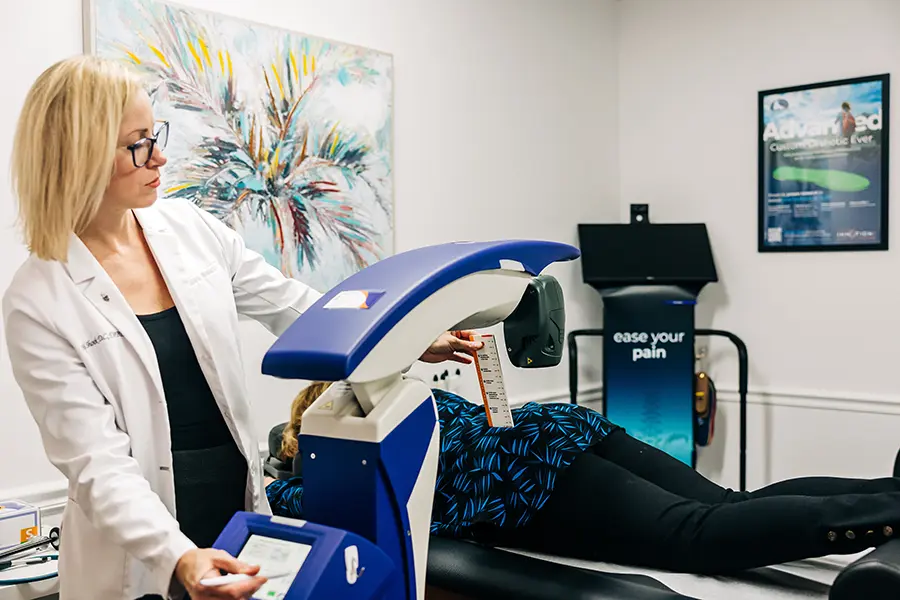
Let Dr. Shook
Relieve Your Pain
Pain is one of the most common medical conditions that people experience. Finding an effective way to alleviate pain without relying on heavy medication can be difficult, but it is possible with cold laser therapy. This innovative treatment option has shown to offer effective pain relief without the negative side effects commonly associated with medication.
The Benefits of Cold Laser Treatment
THE PROCESS
Advantages Of Cold Laser Treatment
Cold laser therapy offers many benefits to patients who are suffering from chronic pain, and it is an excellent alternative to traditional treatments.
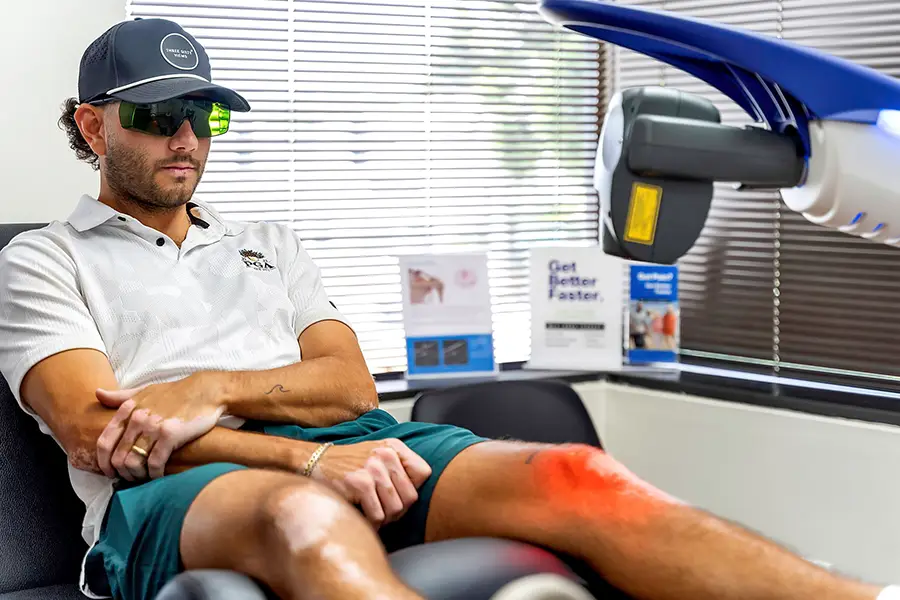
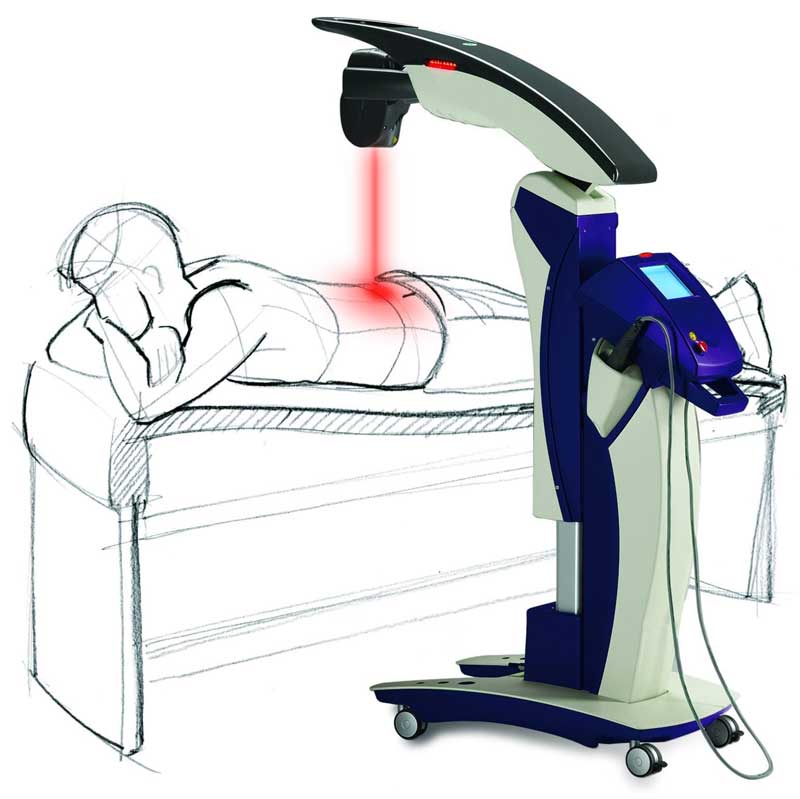
Drug Free & Non Invasive
One of the primary benefits of cold laser therapy is that it is non-invasive and drug-free. This means that patients can avoid the risks, side effects and drawbacks of traditional treatments such as surgery or medication. Cold laser therapy is a safe and effective option for most people, and it can be customized to meet each patient’s specific needs.
Reduces Pain & Inflammation
Cold laser therapy works by using a low-level laser to penetrate the skin and deliver light energy into the tissues. By stimulating cellular metabolism, cold laser therapy helps to reduce inflammation and pain in the affected area. Patients often experience relief after just one or two sessions, and the benefits can last for several days.
Accelerates Healing
Cold laser therapy can also help accelerate the body’s natural healing process by increasing circulation and oxygenation to the affected area. As a result, it can reduce the time it takes for injuries to heal and improve overall recovery times. Patients who receive cold laser therapy following an injury often report a faster recovery and reduced pain and swelling.
Reduces Scar Tissue
Cold laser therapy also helps to reduce scar tissue formation by promoting the growth of healthy tissue. Scar tissue can be a significant problem after surgery or injury and can lead to ongoing pain and mobility issues. Cold laser therapy can limit the amount of scar tissue that forms and promotes healing of damaged tissue.
Why It Works
High Intensity Cold Laser Therapy Does’t Just Mask The Symptoms. It Treats The Source.
Unlike injections and prescriptions which just mask the symptoms and do nothing to treat the injury, High-Intensity Laser Therapy delivers light energy units, in the form of photons, to damaged cells. These photons, absorbed by the cells through laser therapy stimulate the mitochondria to accelerate the production of Adenosine Triphosphate (ATP). This biochemical increase in cell energy is used to help transform cells from a state of illness to a stable, healthy state. The result is it reduces inflammation, increases blood flow, stimulates tissue growth, and helps aid the body’s own healing process.
The Technology Behind Laser Therapy
When applied to an organism, Laser light, tuned to specific wavelengths and frequencies, stimulates metabolic processes at the cellular level and acts by inducing a photochemical reaction in the cell, as biostimulation or photobiomodulation.
Studies have shown that when tissue cultures are irradiated by Lasers, enzymes within cells absorb energy from laser light. Chromophores are components of various cells and sub-cellular organelles which absorb light. The stimulation of Chromophores on mitochondrial membranes incites the production of ATP. Visible (red)light and Near Infrared (NIR) are absorbed within the mitochondria and the cell membrane. This produces higher ATP levels and boosts DNA production, leading to an increase in cellular health and energy.
Photobiomodulation Therapy (PBMT) has been officially defined as a form of light therapy that utilizes non- ionizing forms of light sources, including lasers, LEDs, and broadband light, in the visible and infrared spectrum. It is a NONTHERMAL PROCESS involving endogenous chromophores eliciting photophysical (i.e., linear and nonlinear) and photochemical events at various biological scales. This process results in beneficial therapeutic outcomes including but not limited to the alleviation of pain or inflammation, immunomodulation, and promotion of wound healing and tissue regeneration.
